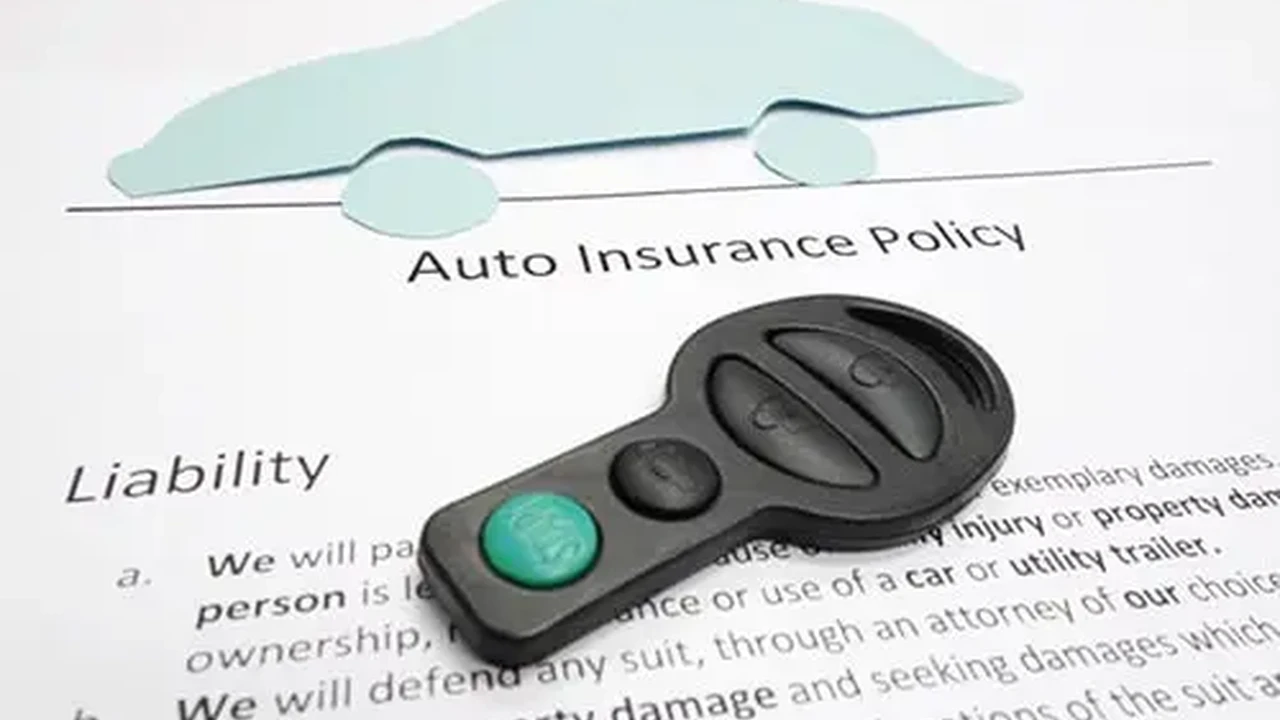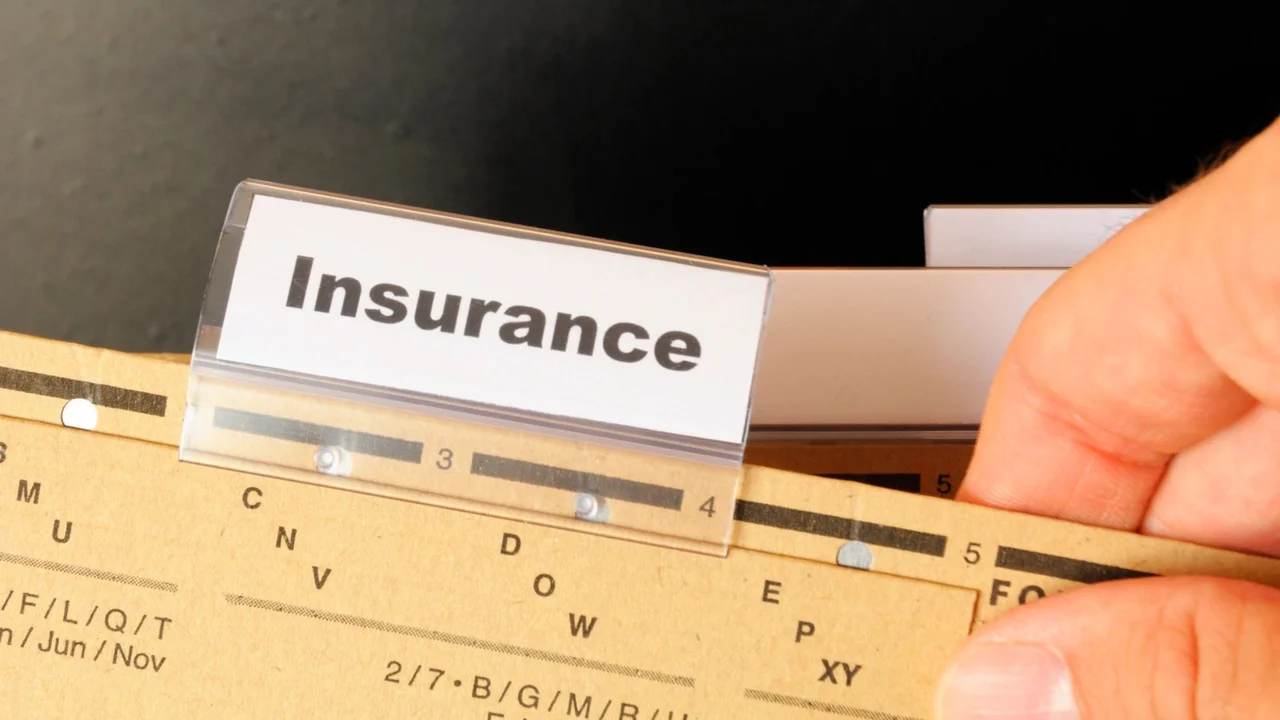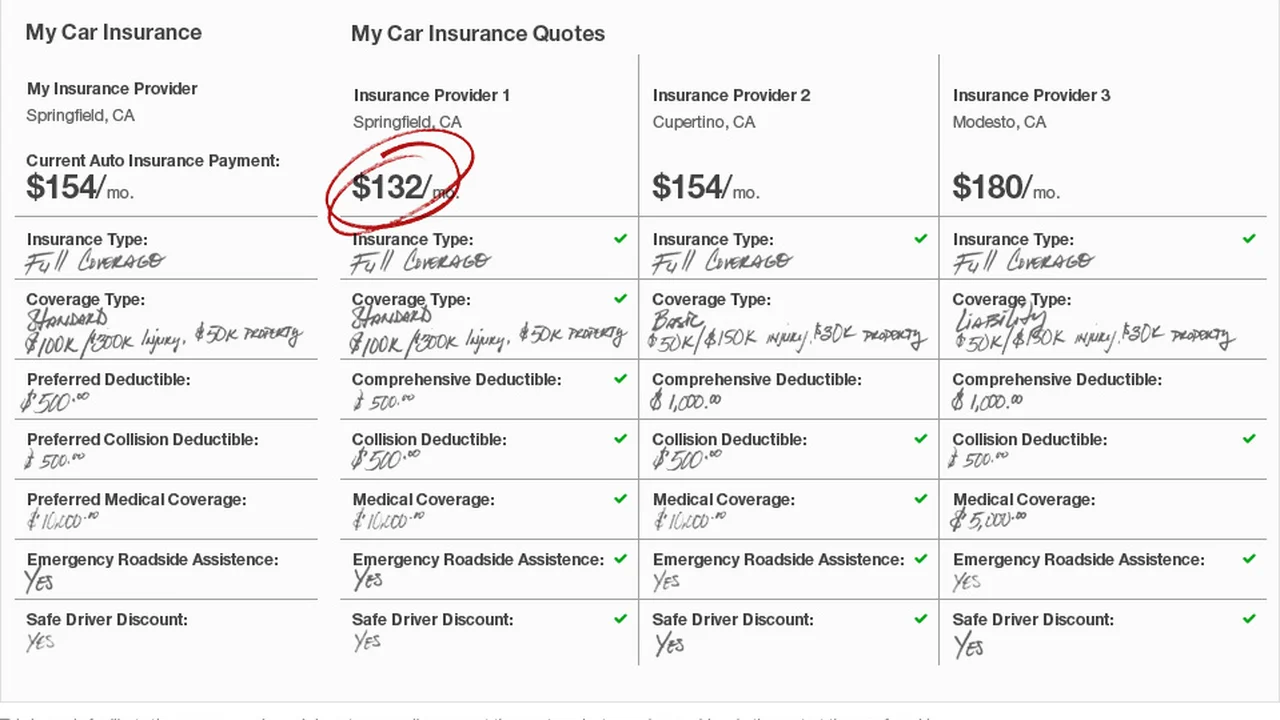Adding a Teen Driver to Your Car Insurance Policy

Understanding the Impact of Adding a Teen Driver on Car Insurance Premiums (Car Insurance Costs)
Okay, so you've got a newly minted driver in the house! Congratulations… and maybe a little bit of a deep breath is in order. Adding a teen driver to your car insurance policy is a rite of passage for many parents, but it also comes with a significant impact on your premiums. Why? Well, statistically, teen drivers are more likely to be involved in accidents than older, more experienced drivers. Insurance companies base their rates on risk, and young drivers, unfortunately, represent a higher risk. This section will break down why adding a teen driver increases your car insurance costs and what factors influence those costs.
Think of it this way: insurance companies are essentially gambling. They're betting that you *won't* get into an accident. The more likely you are to file a claim, the higher the premium they'll charge. Teen drivers are statistically more prone to accidents due to inexperience, distractions (hello, smartphones!), and sometimes, a bit of overconfidence. This higher likelihood translates directly to higher insurance rates. The good news? There are ways to mitigate this cost, which we'll explore later.
Factors Influencing Car Insurance Rates for Teen Drivers (Teen Car Insurance Rates)
Not all teen drivers are created equal in the eyes of insurance companies. Several factors influence the rates you'll pay when adding a teen to your policy. Understanding these factors can help you find ways to potentially lower your costs.
- Age and Gender: Younger drivers (16-17) typically face the highest rates. Statistically, male teen drivers tend to be involved in more accidents than female teen drivers, so they often pay higher premiums.
- Driving Record: A clean driving record is crucial. Any accidents or traffic violations on your teen's record will significantly increase insurance costs. Emphasize safe driving habits and consider enrolling them in a defensive driving course.
- Type of Car: The car your teen drives matters. A sporty, high-performance car will be more expensive to insure than a safe, family-oriented vehicle. Older, less valuable cars can also be cheaper to insure, especially if you opt for liability-only coverage.
- Location: Where you live plays a role. Urban areas with higher traffic density and accident rates typically have higher insurance premiums.
- Coverage Levels: The amount of coverage you choose (liability, collision, comprehensive) will affect your rates. Higher coverage levels mean higher premiums.
- Deductible: The deductible is the amount you pay out-of-pocket before your insurance kicks in. A higher deductible typically results in a lower premium, but make sure you can comfortably afford the deductible if you need to file a claim.
- Discounts: Many insurance companies offer discounts for teen drivers who maintain good grades, complete driver's education courses, or are covered under their parents' policy.
Strategies to Lower Car Insurance Costs When Adding a Teen Driver (Cheapest Car Insurance for Teens)
Okay, so the bad news is that adding a teen driver will likely increase your car insurance premiums. But the good news is that there are several strategies you can use to mitigate those costs. Let's dive in:
- Shop Around: This is the most important tip. Get quotes from multiple insurance companies. Rates can vary significantly from one insurer to another. Use online comparison tools and talk to independent insurance agents who can shop around for you.
- Increase Your Deductible: As mentioned earlier, raising your deductible can lower your premium. Just be sure you can afford the higher deductible if you need to file a claim.
- Look for Discounts: Ask about discounts for good students, driver's education courses, and multi-car policies. Some insurers also offer discounts for installing safety features like anti-theft devices or telematics systems.
- Consider the Car: Choose a safe, reliable car with good safety ratings. Avoid high-performance vehicles that are more expensive to insure.
- Add Your Teen to Your Existing Policy: In most cases, it's cheaper to add your teen to your existing policy than to get them a separate policy.
- Delay Licensing (If Possible): The longer you can delay your teen getting their license, the more time they have to mature and potentially qualify for lower rates.
- Emphasize Safe Driving: Reinforce safe driving habits and monitor your teen's driving. A clean driving record is the best way to keep insurance costs down.
- Telematics Programs: Some insurance companies offer telematics programs that track your teen's driving habits. Safe driving can result in lower premiums. Be prepared for the possibility that risky driving will increase rates.
Car Insurance Products for Teen Drivers A Detailed Comparison
Navigating the world of car insurance can be daunting, especially when you're trying to find the right coverage for a teen driver. Here's a breakdown of some popular car insurance products and companies, along with comparisons and pricing estimates (note: prices are estimates and can vary based on individual circumstances).
Product 1: State Farm Drive Safe & Save (Telematics Program)
Description: State Farm's Drive Safe & Save is a telematics program that uses a mobile app to track driving habits such as speed, hard braking, and phone usage. Drivers who demonstrate safe driving habits can earn significant discounts on their car insurance premiums.
Ideal Scenario: This program is ideal for responsible teen drivers who are confident in their ability to drive safely. It's a great way to demonstrate good driving habits and potentially lower insurance costs.
Comparison: Compared to other telematics programs, State Farm's Drive Safe & Save is known for its user-friendly app and potential for significant discounts. However, it's important to note that unsafe driving habits can lead to increased premiums.
Estimated Price: Discounts can range from 5% to 50% depending on driving habits. Base premiums will vary based on individual factors.
Product 2: GEICO DriveEasy (Telematics Program)
Description: Similar to State Farm's program, GEICO DriveEasy uses a mobile app to track driving behavior. It monitors factors such as speeding, hard braking, and distracted driving.
Ideal Scenario: GEICO DriveEasy is suitable for teens who are willing to have their driving monitored and are committed to safe driving practices. It can be a good option for families who want to encourage and reward safe driving habits.
Comparison: GEICO DriveEasy is often praised for its ease of use and straightforward interface. It may offer different discount structures compared to State Farm's program, so it's worth comparing the potential savings.
Estimated Price: Discounts vary based on driving habits, but can potentially lower premiums by up to 25%. Base premiums will vary based on individual factors.
Product 3: Progressive Snapshot (Telematics Program)
Description: Progressive Snapshot is another telematics program that tracks driving behavior using a device plugged into the car's OBD-II port or a mobile app. It monitors factors such as mileage, time of day, and hard braking.
Ideal Scenario: Progressive Snapshot is a good option for teens who don't drive frequently or who primarily drive during safe hours. It can also be beneficial for families who want to track their teen's driving habits and provide feedback.
Comparison: Progressive Snapshot is known for its ease of installation and comprehensive data tracking. However, some users have reported that the device can be sensitive to hard braking, which can potentially lower discounts.
Estimated Price: Discounts vary based on driving habits, but can potentially lower premiums by up to 30%. Base premiums will vary based on individual factors.
Product 4: Allstate Milewise (Pay-Per-Mile Insurance)
Description: Allstate Milewise is a pay-per-mile insurance program that charges drivers based on the number of miles they drive. It uses a device plugged into the car's OBD-II port to track mileage.
Ideal Scenario: Allstate Milewise is ideal for teens who don't drive frequently. If your teen primarily uses the car for short trips or only drives occasionally, this program can potentially save you money.
Comparison: Compared to traditional insurance policies, Allstate Milewise offers a flexible pricing structure that can be more affordable for low-mileage drivers. However, it's important to accurately estimate your teen's mileage to avoid unexpected costs.
Estimated Price: Rates typically consist of a daily base rate plus a per-mile charge. The daily rate and per-mile charge will vary based on individual factors.
Product 5: Traditional Car Insurance Policies (e.g., State Farm, GEICO, Progressive)
Description: Traditional car insurance policies offer comprehensive coverage options, including liability, collision, and comprehensive coverage. These policies typically charge a fixed premium based on various factors, including the driver's age, driving record, and type of car.
Ideal Scenario: Traditional policies are suitable for teens who drive frequently or who need comprehensive coverage. They provide peace of mind knowing that you're protected against a wide range of potential risks.
Comparison: Compared to telematics programs, traditional policies offer more predictable pricing but may not offer the same potential for discounts based on safe driving habits. It's important to compare rates from multiple insurers to find the best deal.
Estimated Price: Premiums vary widely based on individual factors. Expect to pay significantly more when adding a teen driver to your policy. Shop around and compare quotes from multiple insurers.
Real-World Scenarios and Product Recommendations
Let's look at some real-world scenarios and which products might be the best fit:
- Scenario 1: Sarah is a 16-year-old honor student who drives a safe, used sedan. She primarily uses the car to get to and from school and extracurricular activities. Recommendation: Consider State Farm Drive Safe & Save or GEICO DriveEasy to potentially earn discounts for her safe driving habits. Also, explore traditional policies from multiple insurers to compare rates.
- Scenario 2: Michael is a 17-year-old who drives a sporty coupe. He has a clean driving record but tends to drive more aggressively. Recommendation: Focus on reinforcing safe driving habits. Progressive Snapshot might provide valuable feedback on his driving behavior. Be prepared for potentially higher premiums due to the type of car.
- Scenario 3: Emily is a 16-year-old who only drives occasionally. She primarily uses the car for short trips around town. Recommendation: Allstate Milewise could be a cost-effective option since you'll only pay for the miles she drives.
Detailed Cost Breakdown and Factors Affecting Pricing
Understanding the detailed cost breakdown of car insurance for teen drivers is crucial for making informed decisions. Here's a breakdown of the key factors that influence pricing:
- Liability Coverage: This covers damages and injuries you cause to others in an accident. Higher liability limits mean higher premiums.
- Collision Coverage: This covers damage to your car from an accident, regardless of who is at fault.
- Comprehensive Coverage: This covers damage to your car from non-collision events, such as theft, vandalism, and weather damage.
- Uninsured/Underinsured Motorist Coverage: This protects you if you're hit by a driver who doesn't have insurance or doesn't have enough insurance to cover your damages.
- Medical Payments Coverage (MedPay): This covers medical expenses for you and your passengers, regardless of who is at fault in an accident.
The cost of each of these coverage components will vary based on factors such as your location, the type of car, and your driving record. When comparing quotes, be sure to compare the coverage levels and deductibles to ensure you're getting the best value for your money.
Navigating the Insurance Claim Process with a Teen Driver
Even with the best precautions, accidents can happen. Knowing how to navigate the insurance claim process is essential. Here's a step-by-step guide:
- Ensure Safety: The first priority is to ensure the safety of everyone involved. Check for injuries and call 911 if necessary.
- Exchange Information: Exchange insurance information with the other driver(s) involved in the accident.
- Document the Scene: Take photos of the damage to all vehicles involved, as well as any relevant details of the accident scene.
- Report the Accident: Report the accident to your insurance company as soon as possible.
- Cooperate with the Insurance Company: Cooperate with the insurance company's investigation. Provide them with all the information they need to process your claim.
- Get an Estimate: Get an estimate for the repairs to your car.
- Review the Settlement Offer: Review the insurance company's settlement offer carefully. Make sure it covers all of your damages.
- Consult with an Attorney (If Necessary): If you're not satisfied with the insurance company's settlement offer, consult with an attorney.
Adding a teen driver to your car insurance policy can be a significant expense, but by understanding the factors that influence rates and taking advantage of available discounts, you can potentially lower your costs. Remember to shop around, compare quotes, and emphasize safe driving habits.
:max_bytes(150000):strip_icc()/277019-baked-pork-chops-with-cream-of-mushroom-soup-DDMFS-beauty-4x3-BG-7505-5762b731cf30447d9cbbbbbf387beafa.jpg)






